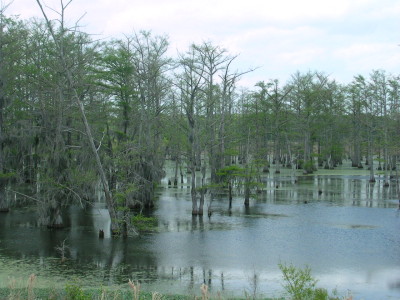Hey there, folks! Let’s dive into a topic that’s got lawyers and policymakers scratching their heads. We’re talking about the tricky legal waters surrounding flood prevention efforts and how they can inadvertently splash trouble onto nearby farmlands. It’s a real conundrum, and it all stems from a Supreme Court decision that’s got everyone talking about what’s fair game when it comes to managing Mother Nature’s mood swings.
Supreme Court Ruling Raises the Stakes for Flood Prevention
So, here’s the deal: In 2012, the Supreme Court turned the tide on how we view temporary flooding as a legal issue. This all came to a head in the case of Arkansas Game & Fish Comm’n v. United States, where the state was after some compensation for flood damage caused by a dam. The big takeaway? The Court said, “Hey, not all floods are created equal,” and that government-induced splashing around might just be a “taking” under the law. But they also tossed in a multi-factor test that’s about as clear as mud when it comes to figuring out when Uncle Sam’s on the hook for damages.
What Counts as a “Taking” Anyway?
Let’s break it down. When the government’s actions cause a ruckus on private property, time is a big piece of the puzzle. But that’s not the only slice of the pie. The Court’s looking at a bunch of factors like how much the government had to do with the flooding, what the landowner was expecting to do with their land, and just how bad the flooding got.
They’re saying, “Was this mess something you saw coming, or was it a total surprise party?” And, “How much did this throw a wrench in your plans for your property?” These are the kinds of questions that have to be answered when deciding if someone’s due for a check because their land got a surprise swim.
The Ripple Effect of the Court’s Decision
Now, this whole balancing act has left lower courts trying to juggle hot potatoes. They’re trying to apply this test and figure out when a flood is just a flood, or when it’s a legal headache for the government. But here’s the kicker: If the government decides not to build those levees or make that dam sturdier, they’re off the hook. No harm, no foul. It’s when they do something that they might have to pay up.
And it’s not just about waterworks, folks. This can apply to all sorts of natural disaster prevention measures. Think about controlled burns to prevent wildfires. If the government lights the match and things go sideways, they might be liable. But if they sit back and let nature take its course? No liability. It’s a classic case of “damned if you do, damned if you don’t.”
The Adaptation Dilemma: A Tough Nut to Crack
So, what’s the big picture here? We’ve got ourselves an adaptation dilemma. On one hand, we want to protect our cities from becoming Atlantis 2.0. But on the other hand, doing so could mean stepping on the toes of rural landowners and opening up a can of legal worms. And since the Supreme Court’s test is as clear as a foggy day in San Francisco, it’s tough for the folks designing these projects to know if they’re about to step into a legal landmine.
Will the Supreme Court clear up this murky water? Doesn’t look like it. But it sure would help if they could give everyone a heads-up on where the line in the sand is drawn. And let’s not forget, we’re dealing with climate change here, and that’s like playing chess with a pigeon – it’s unpredictable, messy, and there’s no easy win.
Recognizing that the government’s got some tough calls to make is key. Not every risk can be seen as a legal “taking.” After all, there’s a difference between a calculated move and knowing that sometimes, stuff just happens.
So, as we navigate these choppy waters, let’s hope for a little more clarity and a lot more understanding that when it comes to preventing disasters, it’s not always a straightforward path. Stay tuned as we keep an eye on how this legal saga unfolds, and how we balance the scales between flood prevention and property rights.
Did you miss our previous article…
https://pardonresearch.com/?p=3565
